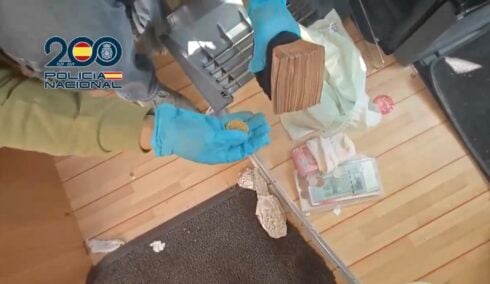AN unprecedented amount of seaweed has washed ashore on the beach of Caños de Meca in Cadiz.
An estimated 15,000 kilos of invasive seaweed has washed-up and swamped large parts of this Cadiz coastline causing a major headache for local authorities.
The seaweed, ‘rugulopteryx okamurae’ known as Asian seaweed, creates an unpleasant smell and in large quantities can block access to the beach, be dangerous for swimmers, can affect water quality and even threaten the flora and fauna in the area.
Additionally, fishermen estimate that trammel net ships have lost almost 100% of their catches, while trawlers have lost half due to the nets catching just seaweed instead of fish.
This brown algae was first identified in Spain in 2015, in the exclave city of Ceuta in North Africa.
Since then the algae has dispersed in an unprecedented manner and in just four years has spread across the entire coast of Cádiz province in the south of Spain.
The rapid spread of the algae is due to several factors; firstly the algae has no predators, it is also able to attach itself to rocky ground up to 25 meters deep as well as latch on to crabs, rocks and even other algae.
The invasive seaweed is believed to have arrived in Spain on board one of the ships that sail through the Strait of Gibraltar and has caused havoc since.
Local authorities are currently busy cleaning up the washed-up seaweed, a laborious job mainly done by hand.
READ MORE:
Alien invasion: Asian algae taking over Spanish waters
EXPLAINED: What is the thick brown sludge clogging up beaches in Spain?
Click here to read more Cadiz News from The Olive Press.








